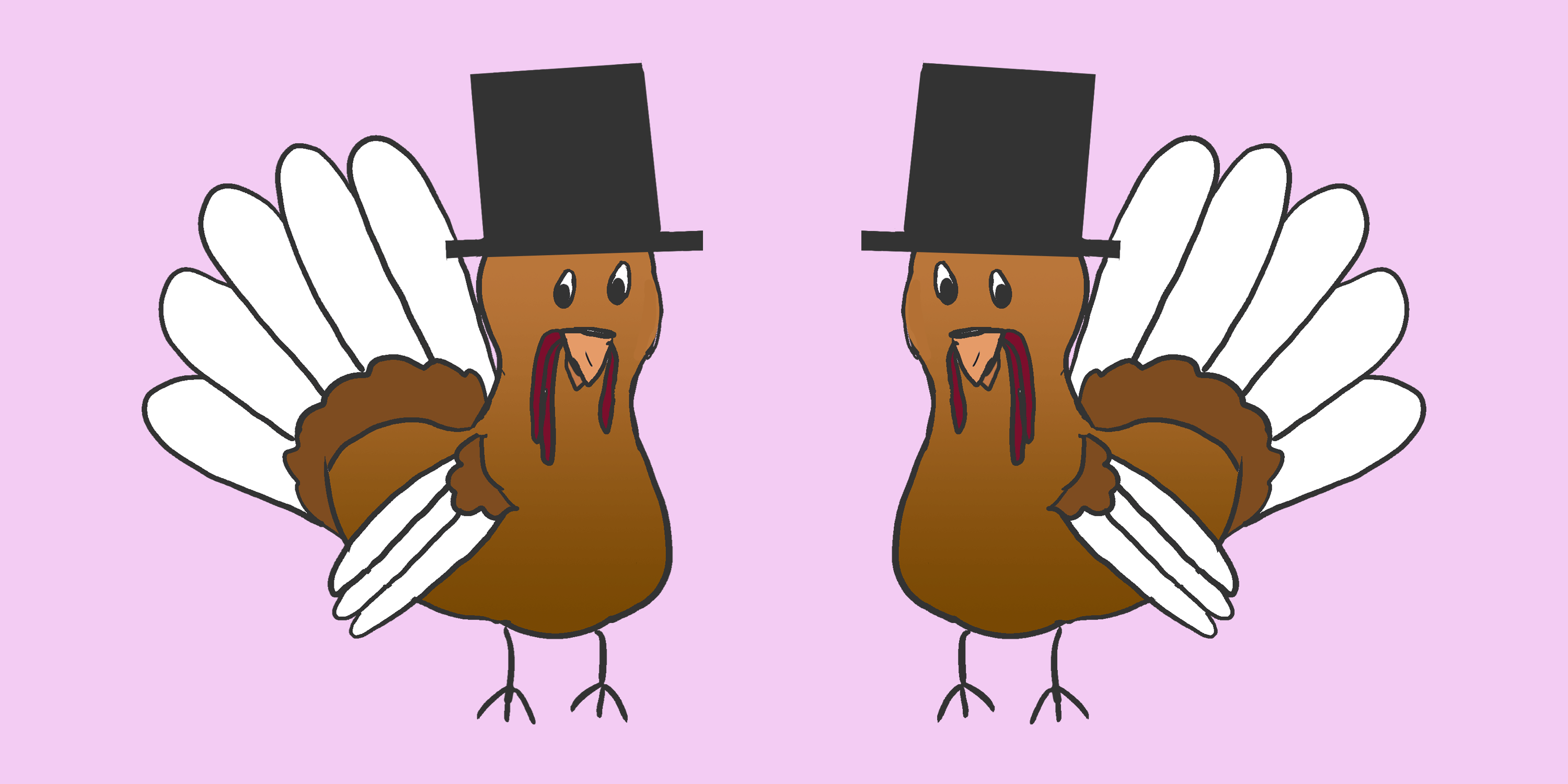It is a time to gather around the table, enjoy a delicious feast and enjoy quality time together. For some, Thanksgiving is a time to be with family. For others, friends are family. Over the years the Thanksgiving holiday has evolved and many Americans, particularly millennials, have begun celebrating Friendsgiving.
A Friendsgiving is often held the week of Thanksgiving and holds the same values and traditions as Thanksgiving but is celebrated with friends. Among millennials, Friendsgiving has grown more popular than traditional Thanksgiving dinners as a less formal way to enjoy the holiday.
The idea of a Friendsgiving is a much more informal dinner compared to Thanksgiving, with people usually bringing a dish to pass and it can be either homemade or store bought. Millennials and college students who might not know how to cook as much, it is a low-stakes way to gather friends over shared foods.
“I bought mashed potatoes, one of my friends made the turkey, and cranberry stuffing,” said sophomore Evan Loken attended his first Friendsgiving at a friend’s apartment this year, one a week before the official holiday. “Someone else brought pumpkin bread and green beans and there was apple pie that was store bought. So we all pitched in.”
In a survey conducted by 14 East, participants said that Friendsgiving was a way to get together with friends before the long winter break. Some cited celebrating with friends or teammates, and dishes ranged from traditional Thanksgiving dishes to deep dish pizza and Chinese food.

GIF by Cody Corrall, 14 East
One of the reasons why Loken believes Friendsgiving has grown in popularity is a result of how family can be interpreted as friends. Some college students, it might not be a possibility to travel home for the holidays. Other students might be in the same situation and these friends can become more of a family-away-from-home.
“I think traditions are changing in terms of what family is,” said Loken. “If people can’t travel back home for Thanksgiving with their family they can have a Friendsgiving.”
Loken mentions how Friendsgiving eliminates the pressure of family.
“You don’t have to talk to your aunt you have not seen in six months. It is just people that are in the same spot as you and you just hang out,” Loken said.
In an Atlantic article, Matthew Dennis, a University of Oregon professor emeritus who studied the history of Thanksgiving, points out that holiday celebrations are always evolving. Dennis proves this idea of a holiday celebration evolving through discussing Halloween. In the article he mentions how since the 1990’s Halloween has evolved into a holiday for adults even though it is meant for children.
“At DePaul, at least, a lot of people have Friendsgivings because they are in a club or an organization,” said junior Sofia Halil. “It serves as a way to connect during the holiday season.”
The origins of the holiday Friendsgiving is unknown, but many people think that this celebration started as a result of the television show “Friends.” One of the episodes that may have inspired Friendsgiving was when Ross, Rachel, Monica, Chandler, Joey and Phoebe all hosted a Thanksgiving dinner together instead of celebrating with their families.
Another example of Friendsgiving is with the Thanksgiving special “A Charlie Brown Thanksgiving.” In the special, Charlie plans a last-minute Friendsgiving feast with some help from friends Linus, Snoopy and Woodstock. The group put their own spin on the traditional holiday dishes, instead feasting on buttered toast, jelly beans, pretzel sticks, and popcorn.
In a Friendsgiving, Halil thinks it is important for everyone to bring something. She would not be expecting people to provide a home cooked meal since some people can’t cook. Instead, she would not mind if someone bought something at a store as opposed to a dish that was cooked. As Friendsgivings are becoming more frequent and popular, it is important to note the reason why people decide to celebrate it.
“Friendsgiving is taking away the pressure of Thanksgiving,” said Loken. “It has all the fun and all the food but it is not like stressful pressure of awkward family.”
Header illustration by Cody Corrall




NO COMMENT